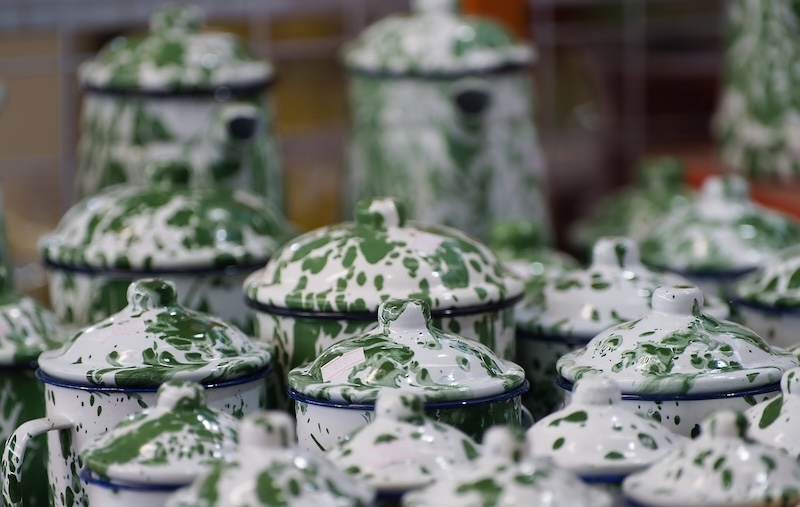In recent years, the world of homewares has seen a significant shift towards sustainability. As consumers become more environmentally conscious, the demand for eco-friendly home decor options has skyrocketed. This trend isn’t just a passing fad; it’s reshaping the entire homewares industry. Let’s dive into what you need to know about the rise of sustainable materials in home decor.
What Are Sustainable Homewares?
Sustainable homewares are products made from materials that have a minimal negative impact on the environment. These items are typically:
- Made from renewable resources
- Biodegradable or recyclable
- Produced using eco-friendly manufacturing processes
- Durable and long-lasting
Popular Sustainable Materials in Homewares
- Bamboo: Fast-growing and versatile, bamboo is used in everything from cutting boards to bed linens.
- Recycled Glass: Old bottles and jars find new life as vases, light fixtures, and decorative objects.
- Organic Cotton: Used in bedding, towels, and upholstery, organic cotton is grown without harmful pesticides.
- Cork: This renewable material is making waves in furniture and decorative items.
- Reclaimed Wood: Old barns and buildings provide character-rich wood for furniture and accent pieces.
Benefits of Choosing Sustainable Homewares
- Environmental Impact: Reduces waste and conserves natural resources.
- Health: Many sustainable materials are free from harmful chemicals.
- Unique Aesthetic: Often provides a distinctive, natural look to your home.
- Durability: Many sustainable materials are known for their longevity.
Challenges in the Sustainable Homewares Market
While the benefits are clear, there are some challenges to consider:
- Cost: Sustainable options can be more expensive upfront.
- Availability: Some sustainable homewares may be harder to find than conventional options.
- Greenwashing: Be wary of false or exaggerated claims about sustainability.
How to Incorporate Sustainable Homewares in Your Space
- Start Small: Begin with smaller items like throw pillows or kitchen utensils.
- Research Brands: Look for companies committed to sustainability.
- Consider Second-Hand: Buying used items is another way to be sustainable.
- Look for Certifications: Labels like FSC (Forest Stewardship Council) can help guide your choices.
The Future of Sustainable Homewares
The trend towards sustainable homewares is only growing stronger. As technology advances, we can expect to see:
- More innovative materials entering the market
- Improved production processes reducing environmental impact
- Greater availability and affordability of sustainable options
Conclusion
The rise of sustainable materials in home decor represents a positive shift in the homewares industry. By choosing eco-friendly options, you’re not just decorating your home; you’re contributing to a more sustainable future. As you update your living space, consider the impact of your choices and explore the exciting world of sustainable homewares.


Leave a Reply